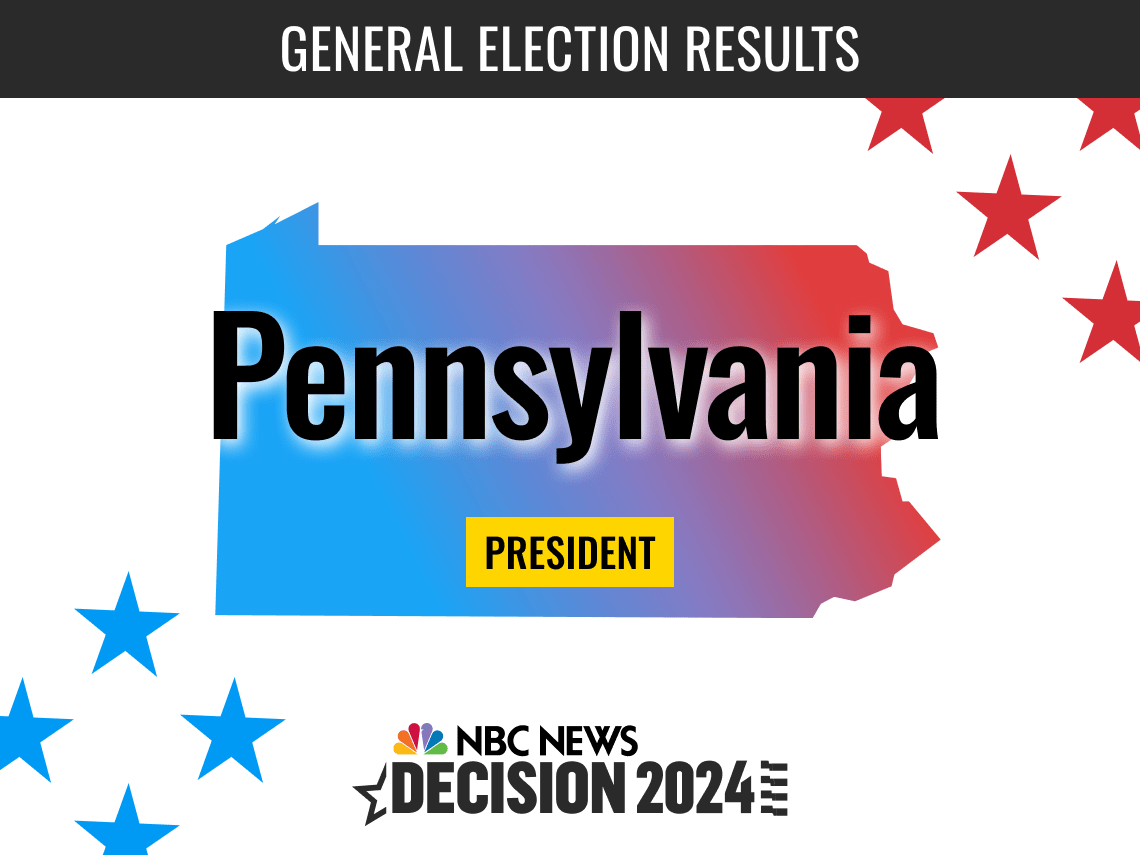
Pennsylvania’s 2024 Election: A Battleground State with High Stakes
The 2024 presidential race is heating up in Pennsylvania, a crucial battleground state that holds 19 electoral votes, making it a focal point in the upcoming election. Both Vice President Kamala Harris and former President Donald Trump are vying for these votes in what is shaping up to be a tight contest. For the past few months, both candidates have campaigned vigorously across Pennsylvania, each trying to solidify their base and swing undecided voters in their favor.
In 2020, President Joe Biden won Pennsylvania by a narrow margin of just 1%, taking 50% of the vote compared to Trump’s 49%. In 2016, Trump had flipped the state, securing 49% of the vote against Hillary Clinton’s 48%. This history highlights how critical Pennsylvania is in determining the outcome of the election, and why both parties are leaving no stone unturned in their efforts to win over voters.
Trump’s campaign in Pennsylvania has focused heavily on issues such as the economy, immigration, and crime, all themes that resonate with the state’s working-class base, especially in industrial areas and rural communities. In contrast, Harris, having taken the Democratic mantle from Joe Biden, has emphasized her commitment to protecting abortion rights, improving the care economy, and safeguarding democracy. She aims to offer a new vision for the country, one focused on progressive reforms and expanding social services.
Also Read:- Hidden Loan Reveals Financial Strains Behind Trump's 2016 Election Win
- Premier League Awards UK Live Audio Rights to BBC and talkSPORT
As election night unfolds, Pennsylvania is still too close to call, with the latest updates showing a split in early voting patterns. Early voting, particularly by mail, is a significant factor in this state, with Harris currently holding a strong lead among mail-in ballots. However, Trump appears to be leading among the Election Day votes so far. This divide in voting methods means that the final outcome could take some time to be fully determined, as Pennsylvania law prohibits the early processing of mail-in ballots, a delay that led to prolonged counting in the 2020 election.
The state’s political landscape is diverse, with urban areas like Philadelphia leaning Democrat, while rural and industrial regions tend to support Republican candidates. Unions also play a pivotal role in Pennsylvania’s elections, with areas in the western part of the state still holding strong union memberships that could sway the outcome.
Beyond the presidential race, Pennsylvania’s Senate contest is also drawing attention. Democratic incumbent Senator Bob Casey faces a challenge from Republican David McCormick, and recent polls show Casey with a slight lead. This race is expected to be another closely watched battle, as both candidates push hard to appeal to Pennsylvania’s varied electorate.
Among the many issues at the forefront for Pennsylvania voters are energy policies, particularly fracking. Trump has emphasized his support for fracking, a critical industry in the state, while Harris has toned down her earlier opposition to it, assuring voters she would not ban the practice. Energy issues are crucial for Pennsylvania, where jobs tied to coal, natural gas, and nuclear power remain central to the economy.
With the cost of living and inflation also key concerns for voters, Pennsylvania is set to be a decisive factor in the 2024 election. The state’s voters have shown they are willing to swing between parties, and it’s clear that this year’s election will be no different. As the results continue to trickle in, all eyes will be on Pennsylvania, a state that could very well determine the next president of the United States.
Read More:

0 Comments